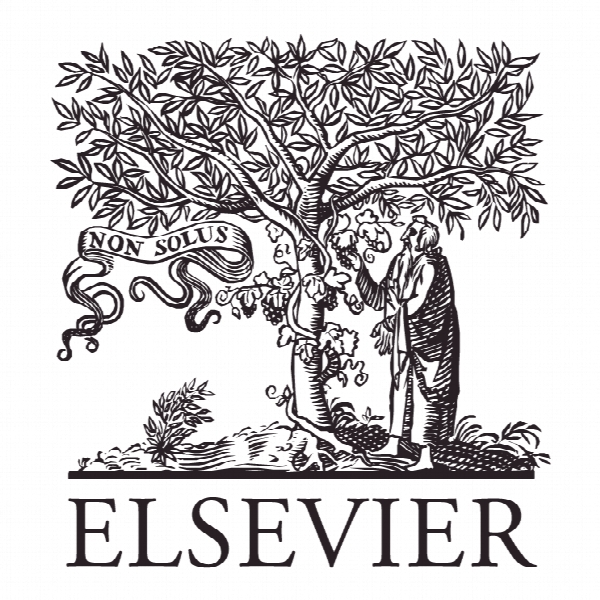اثر هیدروژن بر فولاد ضد زنگ دوبلکس در رده های بالای تولید Hydrogen Effect on Duplex Stainless Steels at very High Strain Rates
- نوع فایل : کتاب
- زبان : انگلیسی
- ناشر : Elsevier
- چاپ و سال / کشور: 2018
توضیحات
رشته های مرتبط مهندسی مواد
گرایش های مرتبط مهندسی مواد و متالورژی
مجله پروسه انرژی – Energy Procedia
دانشگاه Ben-Gurion University of the Negev P.O.B 653 – Beer-Sheva
منتشر شده در نشریه الزویر
کلمات کلیدی انگلیسی Hydrogen; High strain rate; duplex stainless steels; hydrogen embrittlement
گرایش های مرتبط مهندسی مواد و متالورژی
مجله پروسه انرژی – Energy Procedia
دانشگاه Ben-Gurion University of the Negev P.O.B 653 – Beer-Sheva
منتشر شده در نشریه الزویر
کلمات کلیدی انگلیسی Hydrogen; High strain rate; duplex stainless steels; hydrogen embrittlement
Description
1. Introduction The elastic and plastic properties of hydrogen charged duplex stainless steel (DSS) at high strain rate and high pressure are important for the understanding of their durability at applications combining hydrogen and mechanical load. Measurements of elastic plastic properties at high strain rate in stainless steel alloys can be achieved by dynamic loading [1]. In this paper we compare between the effect of high strain rate (105 s-1) and low strain rate (10 7 s-1) in order to add another milestone to the hydrogen embrittlement failure model [2]. We study on low strain rates via tensile machine and on high strain rate via plate impact experiments by dynamic loading. In this work, dynamic loading is reported for duplex stainless steel (DSS) which combines austenitic and ferritic (BCC, Į) phases. The effect of hydrogen in DSS under quasi-static loading has been investigated elsewhere [3], [4], yet its effect under dynamic loading was not studied and was previously covered by us in 2014 [5], [6]. Comparison between strain rates at different levels provide insights to the details of hydrogen behaviour at different deformation levels, in order to relate dynamic to static data. Hydrogen behaviour at different deformation levels was studied by thermal desorption spectrometry (TDS). The potential failure mechanism and hydrogen diffusion related to it will be discussed in details. 2. Experimental procedure 2.1. Material properties In this work we used the lean duplex stainless steel (LDS), LDX 2101. The microstructure of LDS consists of equiaxed grains with an average grain size of about 20 ȝm as was describes by us in previous studies [7]–[9]. Its chemical composition is Fe—0.026C—4.9Mn—21.53Cr—1.53Ni—0.2Mo—0.22N—0.63Si—0.001S—0.025P wt%. The hydrogen charging condition was gas-phase hydrogen charging at 300 o C and 60 MPa pressure for 3 hr. This charging procedure created a homogenous hydrogen content of 54 wt ppm along the samples’ bulk. The microstructure of the gas-phase hydrogen charged LDS, published in different works by us [7]–[9], revealed the appearance of needle shaped sigma (ı) phase with the Fe(CrMo) composition. This phase plays an important role in the hydrogen embrittlement model.


